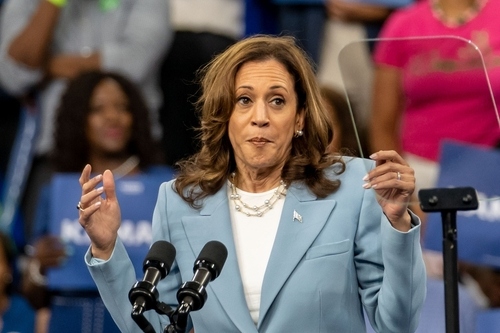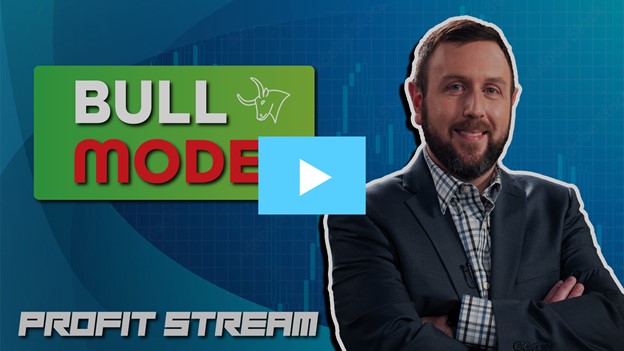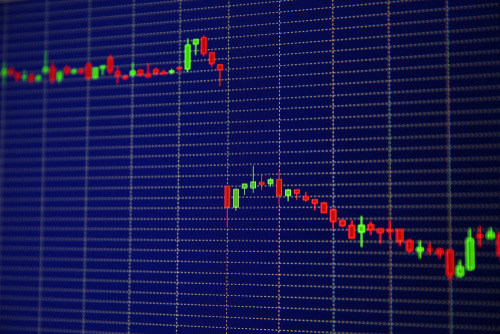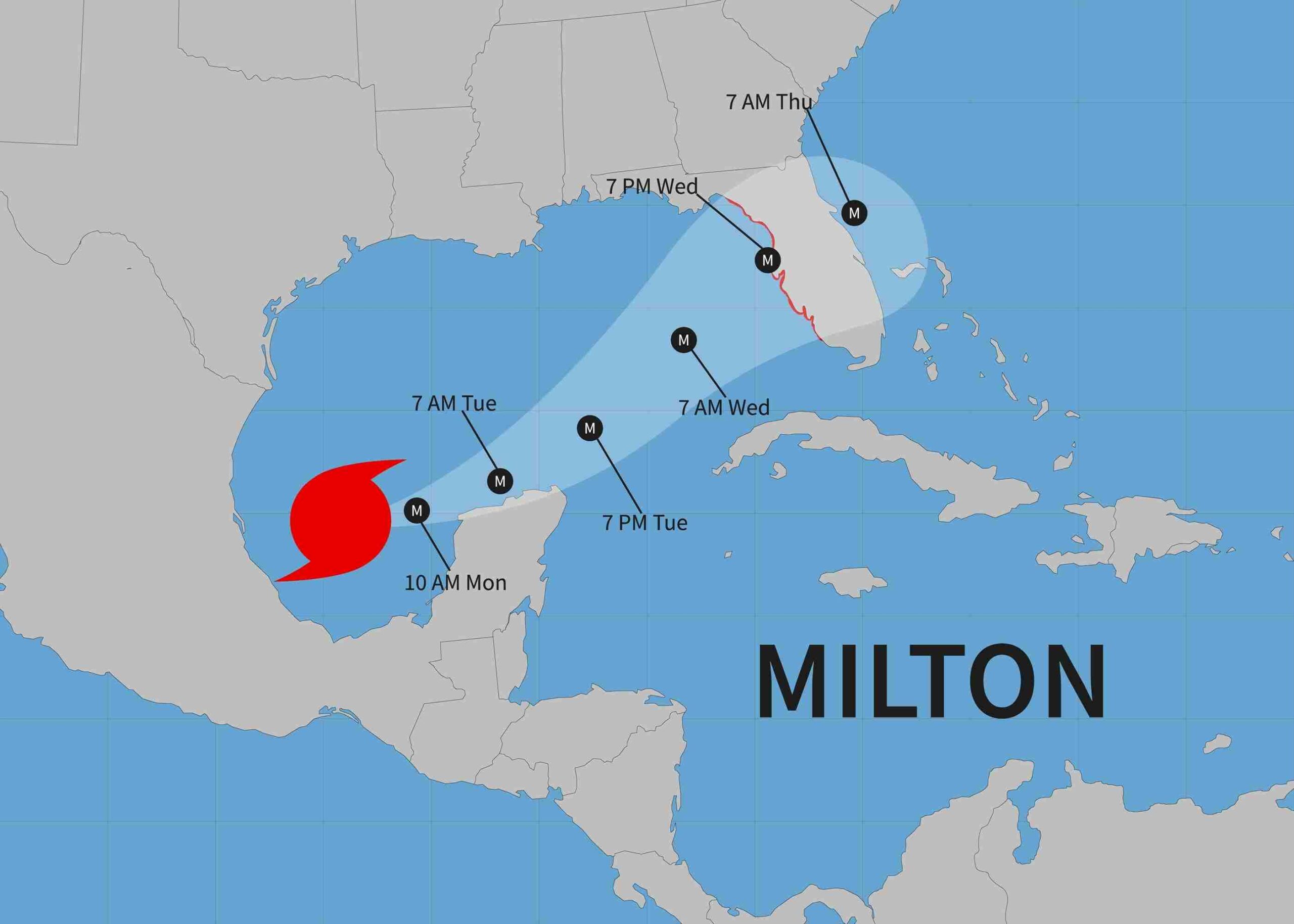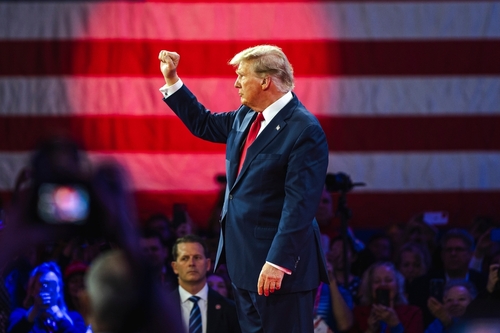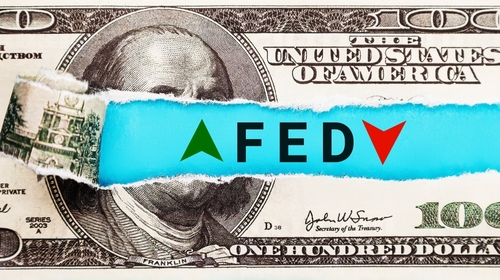The Real Cause of Higher Interest Rates
Some of the most common questions I’ve been getting in The War Room are about interest rates.
“Where are they going?”
“How are they determined?”
“Why does the market care so much?”
The truth is…
There are many factors that determine the direction of interest rates and the actual benchmark rate itself.
Now, many investors want to blame the Federal Reserve for today and tomorrow’s interest rates.
But while the Federal Reserve does indeed set interest rates, its decisions – specifically, how it alters the federal funds rate – affect only the short term.
The federal funds rate is what banks charge each other for very short-term loans.
This, in turn, influences the rates you see on monthly T-bills, 1-year Treasury notes and other short-term instruments like money market funds and certificates of deposit (CDs).
However, the federal funds rate is NOT what sets your mortgage rates, your credit card rates or your car loan rates. Those rates are set by the massive, multitrillion-dollar bond market.
The bond traders assess what they think interest rates will be five, 10, 20 and even 30 years from now.
It’s a heck of a lot easier to predict what interest rates will be a year from now than it is to predict what they’ll be 30 years from now. And this causes volatility in the bond market that spills over to the stock market.
When trying to determine long-term rates, the bond market looks at things like an actuary would. (Actuaries are the wonks who figure out how long you will live for life insurance companies. After they determine your life expectancy, they decide how much to charge you for life insurance premiums. It’s complicated.)
The bond market looks at demographic trends, inflation trends, economic trends, consumer debt levels, income levels, bank account levels, mortgage debt and a bunch of other data. Then it has to deal with the big kahuna: the U.S. Treasury Department. The Treasury issues debt to pay for things that the government can’t pay for with regular revenues like taxes.
It’s no secret that the U.S. debt has ballooned to over $31 trillion in the past 30 years. The interest on that debt is over $1 trillion now… and it’s beginning to matter.
How? Well, when the government issues a ton of debt, it has to entice investors to buy that debt. It does that by offering higher rates. It’s basic supply and demand – when supply exceeds demand in the bond market, the interest rate must increase to restore equilibrium and balance.
That is what we are seeing today. Bond interest rates are beginning to decouple from short-term issues like inflation and shifting to reflect long-term issues like the U.S. national debt and the financing of that debt.
So, yes, watch the Federal Reserve for hints about the short-term direction of interest rates. But the bond market is the real arbiter of what you’re going to pay for big-ticket items!
![]()
YOUR ACTION PLAN
If you want real-time insights into the markets, it’s time for you to level up. This big-picture market analysis is what War Room members receive every day before anybody else.
Plus, Bryan and I give you the chance to trade alongside us in a thriving community full of passionate traders. Right now we have a 75% win rate in 2023, and we guarantee you’ll receive 252 winning trades in your first 12 months of membership.
Go here to join Bryan and me in The War Room.
More from Trade of the Day
Oct 21, 2024
5 Sectors Set for Major Shifts if Harris Wins
Oct 18, 2024
Why Permian Resources Might Be The Next Big Play
Oct 17, 2024

